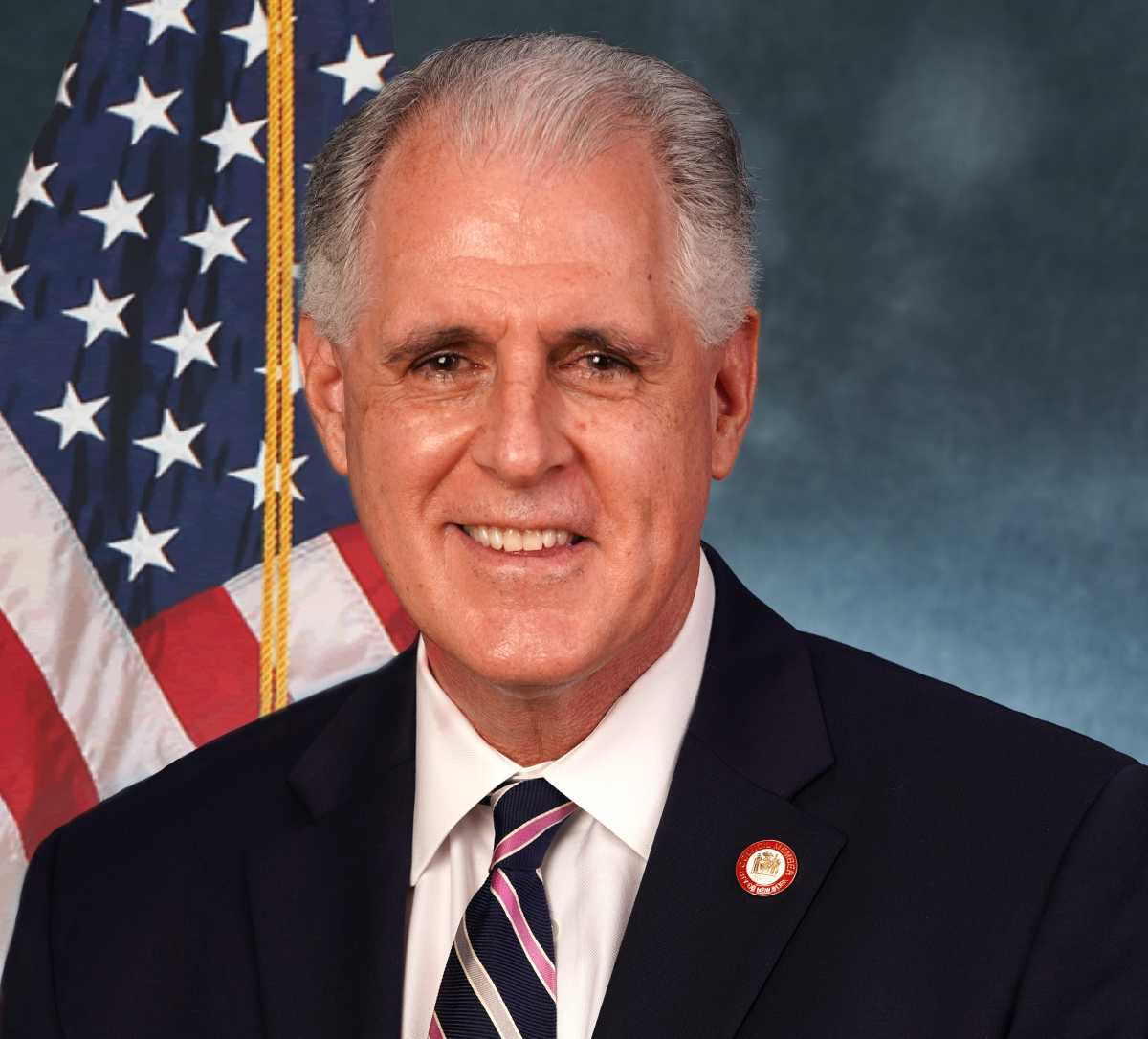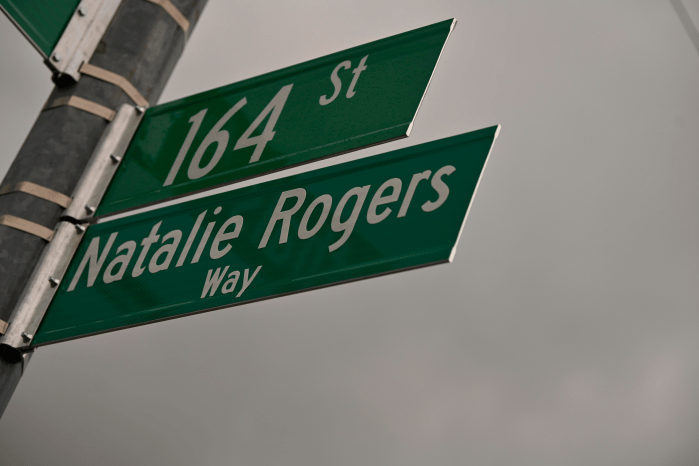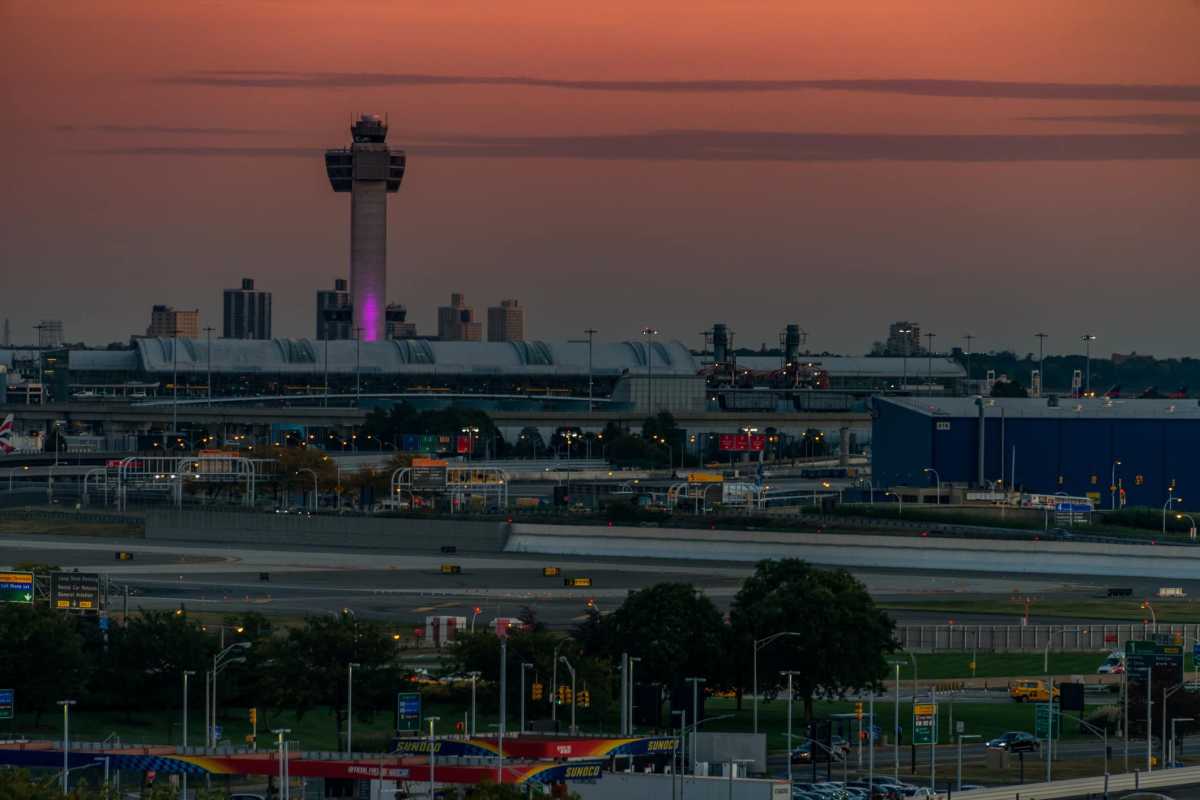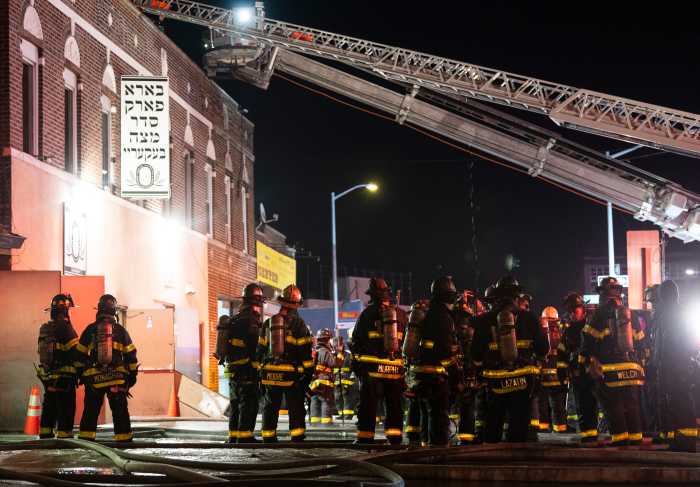New York is clearly on the frontlines when it comes to facing the escalating impacts of climate change. Nearly one year ago, Brooklyn and Queens were devastated with another record-breaking rainstorm that poured nearly nine inches of rain at JFK Airport, shut down subway lines and flooded basement apartments. A “new normal,” some say.
In case you have not already experienced it directly, New York is at the center of the region – and nation, for that matter – when it comes to extreme rainfall.
According to the most recent National Climate Assessment from 2023, the northeast region of the United States has seen the greatest increase in frequency and intensity of extreme rainfall events. Adding to this research, New York State released a Climate Assessment in February of this year that found that the Catskills, lower Hudson Valley and New York City are at particularly high levels of vulnerability to extreme rainfall risks.
Across the state, efforts are being made to address the growing risks and impacts from extreme rainfall. This includes improving the performance of sewer systems and addressing its increasing pressure due to a growing population and housing, as well as expanding green
infrastructure to absorb rainwater, cleaning up the surface water drains, implementing innovative engineering solutions and many other actions.
New York City has launched several programs dedicated to mitigating the effects, like the Cloudburst Management program, which got a big boost of nearly $400 million in funding earlier this year. However, in his recent testimony to the New York City Council, the Commissioner of the Department of Environmental Protection and Chief Climate Officer, Rohit Aggarwala, indicated that New York City really only started investing in stormwater resilience two-and-a-half years ago, in response to the extreme flooding experienced from Hurricane Ida.
This means that we’re advancing on a few projects, but there’s a long to-do list that is still pending to be addressed.
This list does not correspond to projections of the future: this is our reality. Flooding in the Hudson Valley, Rensselaer County, Westchester County and many other places have put all New Yorkers on alert. In fact, all counties in the state have experienced a recent climate disaster, and they’re all rain-related occurrences. So much so, that in November of 2022, New Yorkers overwhelmingly supported a ballot initiative to invest $4.2 billion into climate resilience and mitigation.
While this progress is promising and necessary, there is more action our State must take to ensure New Yorkers are prepared, in all forms, to withstand the impacts of this new reality.
One key piece of legislation that supports this is Senator May and Assemblymember Gallagher’s Rain Ready New York Act (S.8861/A.9435), which would amend the public authorities’ law by adding the definition of “stormwater” into the definition of “sewage” in the authorizing statutes for the 13 public authorities that manage sewage and water across the state of New York.
This bill would clarify any legal ambiguity for local sewer and water authorities across the state to manage stormwater and sewage, together. Most importantly, it does not have any monetary implications.
While it seems like a simple clarification, it’s a critical step to ensure all sewer and water authorities in New York are absolutely clear in their legal right to take actions on stormwater management.
Following successful examples across the nation, the Rain Ready Act removes this legal ambiguity and provides more flexibility in managing stormwater, regardless of whether a community is a Municipal Separate Storm Sewer System (MS4), a combined sewer system (CSS) or both.
This legal authority is supported by sewer and water authority, themselves, local Mayor’s, Borough Presidents, City Council Members and many environmental advocates.
This is a central issue for getting our act together on flooding. Simply put, New York cannot get serious about alleviating flood risks, from Buffalo to Montauk, without passing this legislation.
The State Senate acted swiftly, passing the bill unanimously in the 2024 legislative session. We are grateful for their leadership and call upon our colleagues in the Assembly to follow in the 2025 session, which begins in January.
Let’s give this legislation the fair consideration it deserves and get New York “rain ready.”
*Council Member James Gennaro is the Chair of the New York City Council Committee on Environmental Protection, Resiliency and Waterfronts.




































